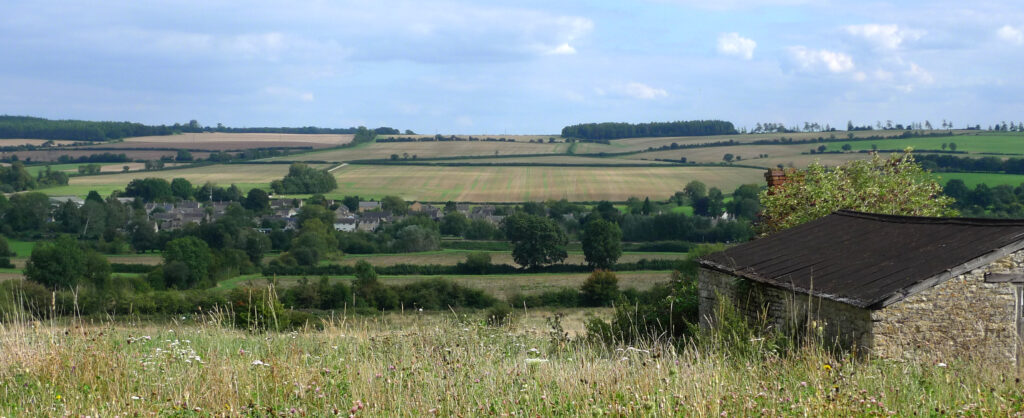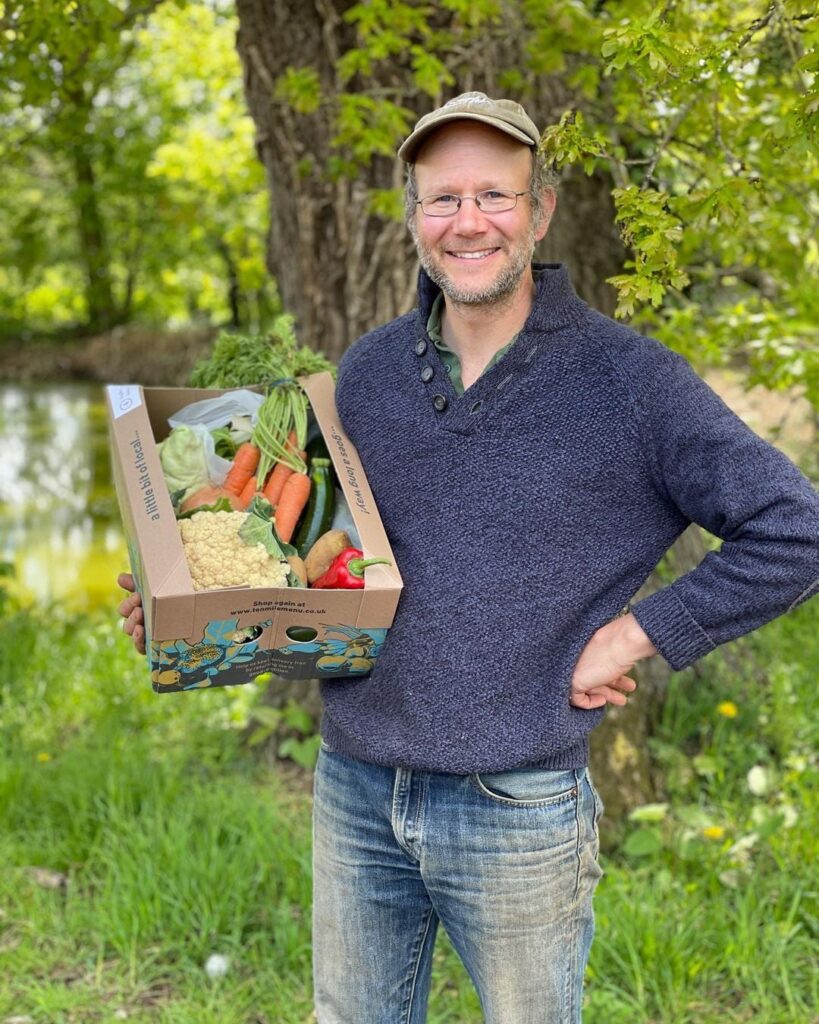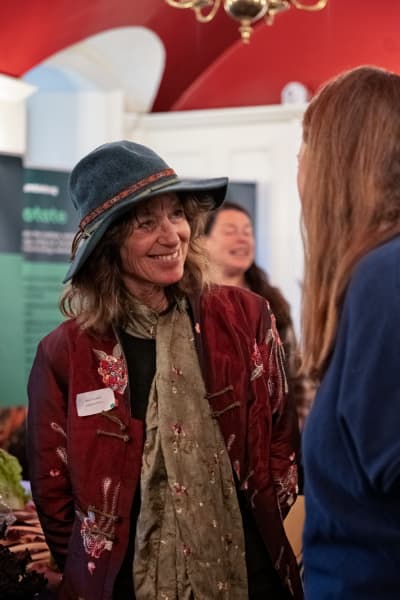By Emma Burnett
For a couple of days following the approval of the first Covid vaccine in the UK, the government seemed to be lost at sea. The job was done, wasn’t it? A vaccine had been developed and approved. But, of course, it wasn’t. There was the rollout to design and implement. The job had only just started.
Local food has moved from a niche side show to front-and-centre conversations, baking has become a core hobby for many stuck at home, and seed companies have struggled to keep up with increasing demand from home gardeners. But we have seen an inertia similar to the vaccine rollout within local food systems, a sluggishness that hasn’t been fully overcome by the increased demand during the long Covid lockdowns. Demand for local food and food deliveries has exploded in the past year, meaning that food hubs, restaurants, and greengrocers are under pressure to source more produce from local farms.

Why does this matter?
Well, in part it comes down to customer demand – there has been increasing interest in and demand for ‘local’ food, produce you feel connected to and feel good about eating. This demand has increased for both for domestic kitchens and commercial ones.
In part, it’s important because the more food is produced and traded locally, the more money counts. The multiplier effect means that for every pound spend with veg box schemes or local markets, up to £3.70 is generated in social, environmental, and economic benefits (Growing Communities Evaluation 2021). And farmers can charge a premium for produce, rather than be dictated to by supermarkets looking to keep costs low.
And, although there is ongoing debate about whether local diets are ‘good’ for the environment, there is an argument that in-season they use less transportation and plastic and generally create less waste. Plus, pester pressure is more real when customers ask directly about environmentally-friendly farming practices. So, potentially better for farmers, better for you, and better for the climate.
The food chain

Local food with a friendly face: George from Sandy Lane Farm with a Ten Mile Menu veg box.
This is all well and good in theory, but it doesn’t help if we don’t know who is out there. And, well, we don’t. We have only a very vague idea of who is growing what on which pieces of land and where it goes. We are connected to a few (excellent) producers in the county, but the rest are complete unknowns.
There is work to do, creating and nurturing localised short supply chains, engaging with on-farm practices and in-kitchen demands, and communicating those stories (as well as actually delivering the food!). It also means that there needs to be clarity about what is, in fact, produced locally.
The information is all out there, but it’s obfuscated and segmented. You can find details buried in parish records and Companies House and County Council landowner declarations, by reading roadside signs, through conversations with farmers about their neighbours, and in deep google dives. Ongoing work is being done to aggregate the Oxfordshire information into a dataset and map, so we can more accurately begin to understand the county’s primary production. When we have a clearer picture of what we produce we will better understand the county’s food flows, the barriers to retaining it, what it would mean to keep food more localised, and what would need to be in place to do that. The levers and disruptors will, hopefully, become more apparent.
The dataset and map are just one step in a chain. The next step will be to implement actions and build structures that address those gaps, e.g. through new enterprises, farmer coalitions, or committed buyers. If we think this is worth pursuing then we need to understand and build a functional and resilient system that works for everyone along the chain, and to take the current appetite and energy and run with it. The vaccine rollout picked up speed, and quickly. We can do the same.
Save the date: During the Oxfordshire Great Big Green Week From 18th to 26th September 2021, we are running Oxfordshire Menu, a campaign celebrating local food. If you're a local producer, local food vendor or food distribution initiative please get in touch with your ideas for how you'd like to get involved.



